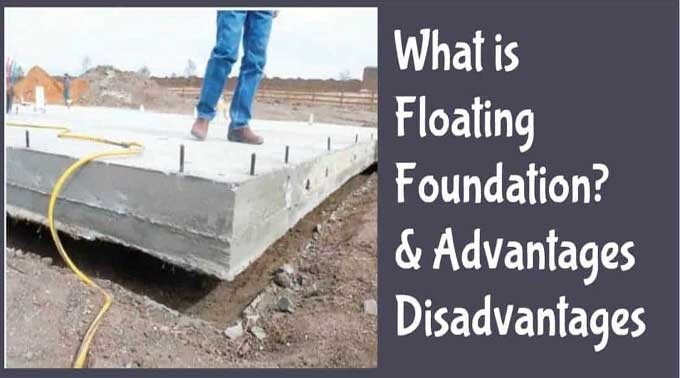In the realm of civil engineering, the challenges posed by constructing structures on water have led to the development of innovative solutions. Floating foundations represent a groundbreaking approach to building on water, offering stability and versatility for a wide range of applications. This article explores the concept of floating foundations, their engineering principles, and the diverse applications that leverage their unique advantages.
Understanding Floating Foundations:
Floating foundations, also known as buoyant foundations, are a specialized type of foundation designed to support structures on water bodies. Unlike traditional foundation that rely on soil or bedrock for support, floating foundation use buoyancy to remain afloat and provide a stable base for various structures. These foundations are particularly useful in situations where constructing on solid ground is impractical or cost-prohibitive.
Engineering Principles of Floating Foundations:
- Buoyancy and Displacement: The fundamental principle behind floating foundations is Archimedes’ principle of buoyancy. By displacing an amount of water equal to its weight, a floating structure experiences an upward force, or buoyancy, that counteracts its weight. Engineers carefully calculate the displacement required to support the intended structure, ensuring equilibrium between the buoyant force and the structure’s weight.
- Distributed Load: Floating foundations distribute the load of the structure over a larger area, minimizing the pressure on the water and preventing localized sinking. This distributed load approach is crucial for stability and prevents the structure from sinking into the water.
- Ballast Systems: To control and adjust the buoyancy of the floating foundation, ballast systems are often incorporated. These systems allow for fine-tuning the foundation’s draft (immersed depth) to accommodate changes in load, water conditions, or the need for structural adjustments.
Applications of Floating Foundations:
- Floating Homes and Houseboats: Floating foundation are widely used in the construction of floating homes and houseboats. These structures provide a unique and sustainable living experience, allowing residents to live directly on the water while maintaining stability and comfort.
- Floating Bridges: In regions with expansive water bodies, floating foundation offer an innovative solution for bridge construction. Floating bridges can adapt to changing water levels and are especially valuable in areas prone to flooding or seismic activity.
- Offshore Platforms: Floating foundations play a crucial role in the construction of offshore platforms for oil and gas extraction. These foundations provide stable support for drilling rigs and production facilities, enabling the exploration of offshore reserves in deeper waters.
- Floating Solar Farms: As the demand for renewable energy grows. Floating foundation are being used to support solar panels on bodies of water. Floating solar farms leverage the expansive surface area of water bodies, providing an environmentally friendly solution for solar energy production.
- Aquaculture and Floating Farms: Floating foundation are employed in aquaculture projects and floating farms, where they support structures for fish farming, hydroponics, and other agricultural activities. These applications capitalize on the available water resources while ensuring stability for the farming infrastructure.
Benefits of Floating Foundations:
- Adaptability to Water Conditions: Floating foundation are designed to adapt to changes in water levels. Making them suitable for regions with tidal fluctuations, seasonal variations, or unpredictable water conditions.
- Reduced Environmental Impact: Floating foundation minimize the disturbance to the natural environment since they do not require extensive excavation or alteration of the waterbed. This characteristic makes them environmentally friendly and sustainable.
- Cost-Effective Construction: In certain situations, floating foundations can offer cost advantages compared to traditional land-based construction. They eliminate the need for extensive ground preparation and can be a practical solution in areas with challenging terrain.
Conclusion:
Floating foundations exemplify the innovative spirit of engineering, providing a robust solution for constructing structures on water. From residential dwellings to industrial facilities, the adaptability and stability offered by floating foundations. Open new possibilities for sustainable development in waterborne environments. As technology advances and environmental considerations become increasingly important. Floating foundations are likely to play a pivotal role in shaping the future of construction on and around water.

